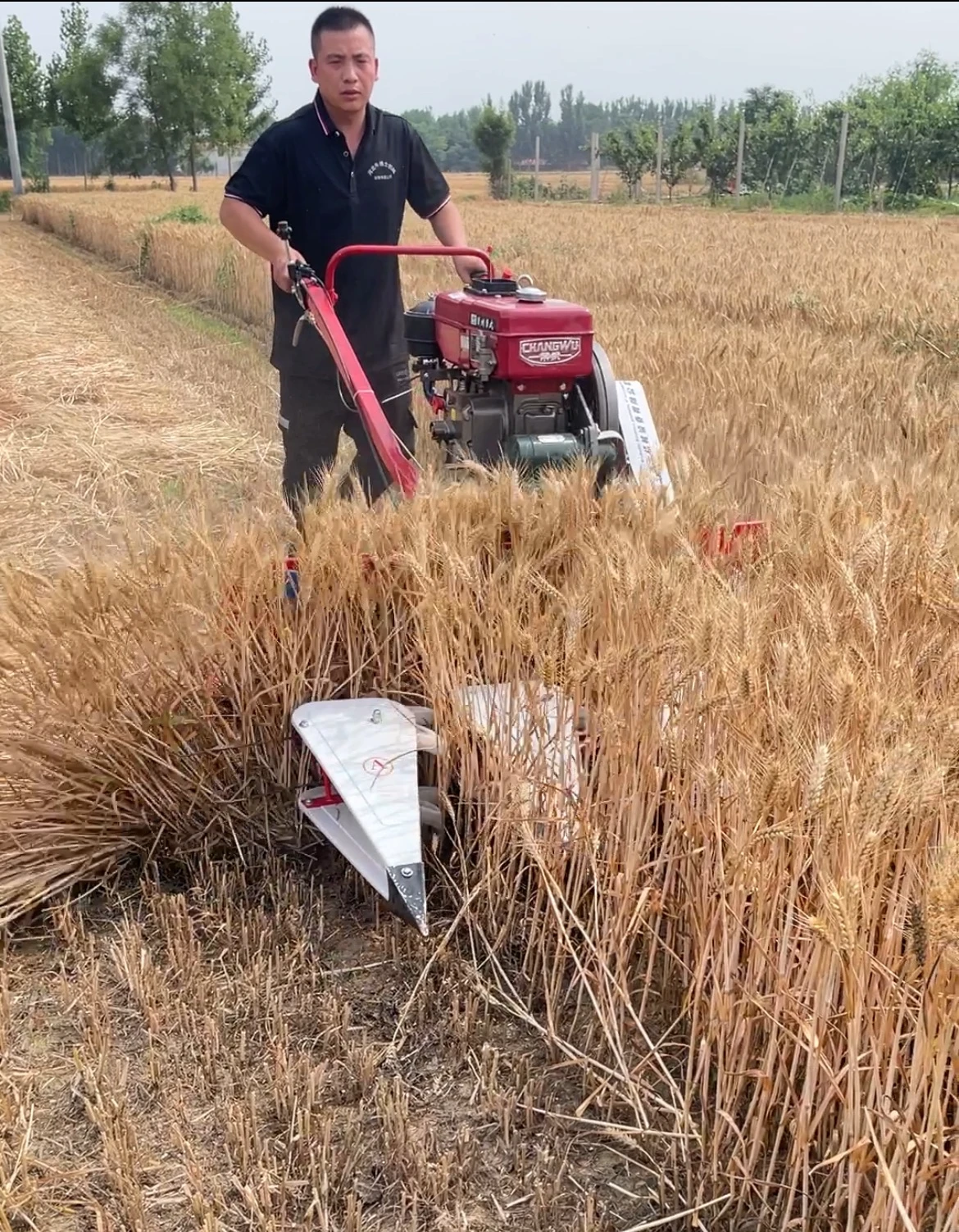Innovative Solutions for Efficient Rice and Wheat Harvesting Techniques
The Rice-Wheat Reaper Revolutionizing Agriculture
Agriculture has been the backbone of human civilization for millennia, transitioning from primitive methods of subsistence farming to highly mechanized practices. In this evolution, one of the most significant innovations has been the development of farming machinery. Among various agricultural tools, the rice-wheat reaper stands out as a transformative device that has revolutionized the way farmers cultivate these staple crops. This article explores the importance, functionality, and advantages of the rice-wheat reaper in modern agriculture.
The Importance of Rice and Wheat
Rice and wheat are two of the most crucial food crops globally, serving as primary energy sources for billions of people. Together, they account for a significant portion of daily caloric intake in many countries, particularly in Asia. The growing global population and the increasing demand for food necessitate innovations in agricultural practices to enhance productivity. Traditional methods of harvesting these grains, often labor-intensive and time-consuming, are no longer sustainable. The necessity for efficient farming tools has led to the development of the rice-wheat reaper.
What is a Rice-Wheat Reaper?
The rice-wheat reaper is a specialized agricultural machine designed for the efficient harvesting of rice and wheat crops. It integrates several functions, enabling farmers to reap, cut, and gather grains in a single process. Traditionally, harvesting was done manually, which required significant labor and time, particularly in vast fields. The reaper mechanizes this process, streamlining the workflow and significantly reducing the time from harvesting to post-harvest processing.
Functionality of the Rice-Wheat Reaper
The rice-wheat reaper operates using a combination of mechanical components. Typically, it features a cutting mechanism that operates like a giant scythe, swiftly cutting through the plants at the base while simultaneously gathering them. Most modern models are equipped with a header that can be adjusted to accommodate different plant heights and types, ensuring optimal harvest regardless of the crop. Additionally, the reaper transports the cut stalks to a designated area, allowing for easier collection by the farmer.
The design of the rice-wheat reaper varies by model and manufacturer, but common features include a robust engine for powering the machine, user-friendly controls for ease of operation, and durability to withstand the demands of tough field conditions. Some advanced models even incorporate technology such as GPS and automated guidance systems, allowing for precision farming that maximizes efficiency.
rice wheat reaper

Advantages of Using a Rice-Wheat Reaper
1. Increased Efficiency The most significant advantage of the rice-wheat reaper is its ability to increase the speed and efficiency of harvesting. A single machine can cover several acres in a fraction of the time it would take a team of laborers to do the same work. This efficiency allows farmers to harvest crops at optimal times, minimizing losses due to weather or pests.
2. Labor Savings As rural labor becomes increasingly scarce, especially in developing countries, the rice-wheat reaper provides a practical solution. It reduces the dependency on manual labor, allowing farmers to allocate human resources more effectively, such as focusing on planting or other crucial farming activities.
3. Reduced Post-Harvest Losses Timely harvesting is essential to minimize post-harvest losses. The rice-wheat reaper enables farmers to harvest crops quickly, reducing the chances of seed shattering or loss due to adverse weather.
4. Improved Crop Quality By efficiently cutting and gathering crops, the reaper helps maintain the quality of the grains. This is particularly important for rice, where the quality of the grain is vital for marketability.
5. Economic Benefits With the reduced labor costs and increased yields, farmers can experience higher profitability. The investment in a rice-wheat reaper can lead to long-term economic benefits, enhancing livelihoods and promoting agricultural sustainability.
Conclusion
The rice-wheat reaper is a quintessential example of how technology can enhance agricultural productivity and sustainability. As farmers around the world face increasing challenges from climate change, population growth, and resource constraints, the adoption of mechanized agriculture tools like the rice-wheat reaper will be crucial. By streamlining the harvesting process, this innovative machine not only helps in improving efficiency and crop quality but also contributes to the overall betterment of rural economies. As we look forward, embracing such technology will be essential in ensuring food security and promoting sustainable agricultural practices globally.
Latest news
-
When to Upgrade Your Old Forage HarvesterNewsJun.05,2025
-
One Forage Harvester for All Your NeedsNewsJun.05,2025
-
Mastering the Grass Reaper MachineNewsJun.05,2025
-
How Small Farms Make Full Use of Wheat ReaperNewsJun.05,2025
-
Harvesting Wheat the Easy Way: Use a Mini Tractor ReaperNewsJun.05,2025
-
Growing Demand for the Mini Tractor Reaper in AsiaNewsJun.05,2025
